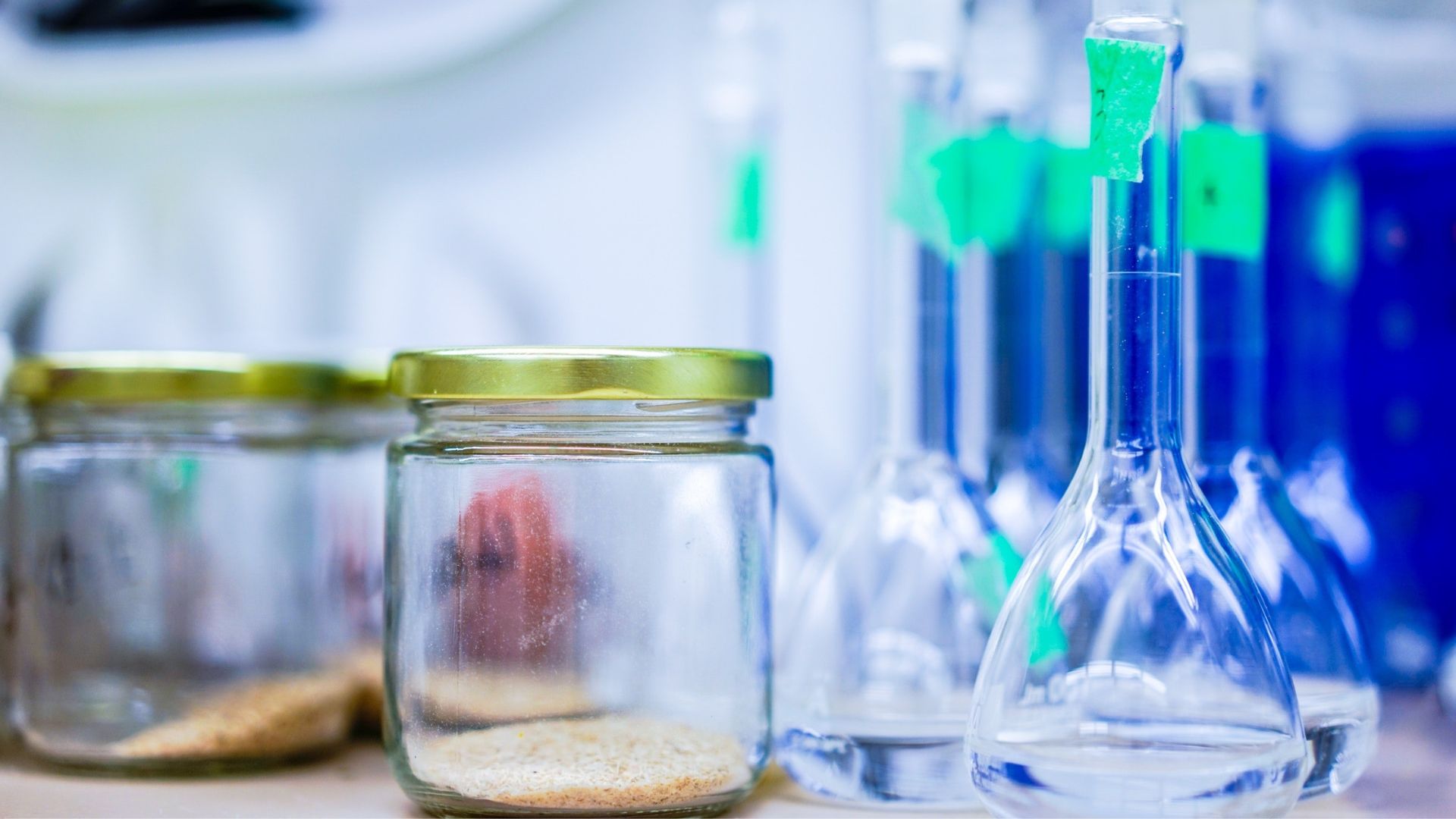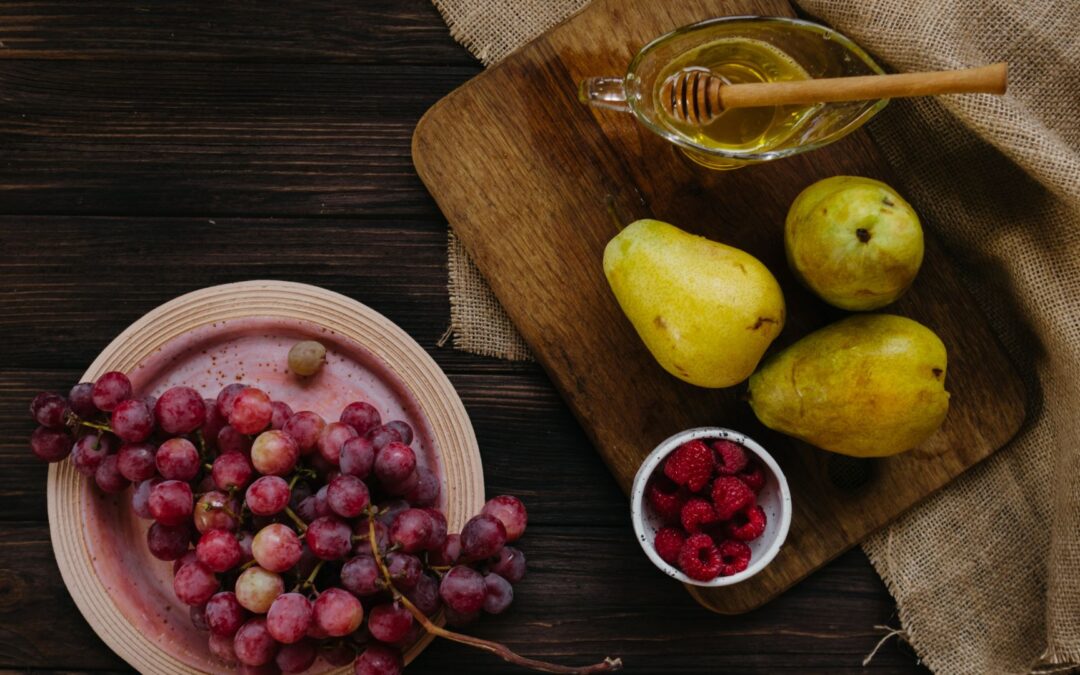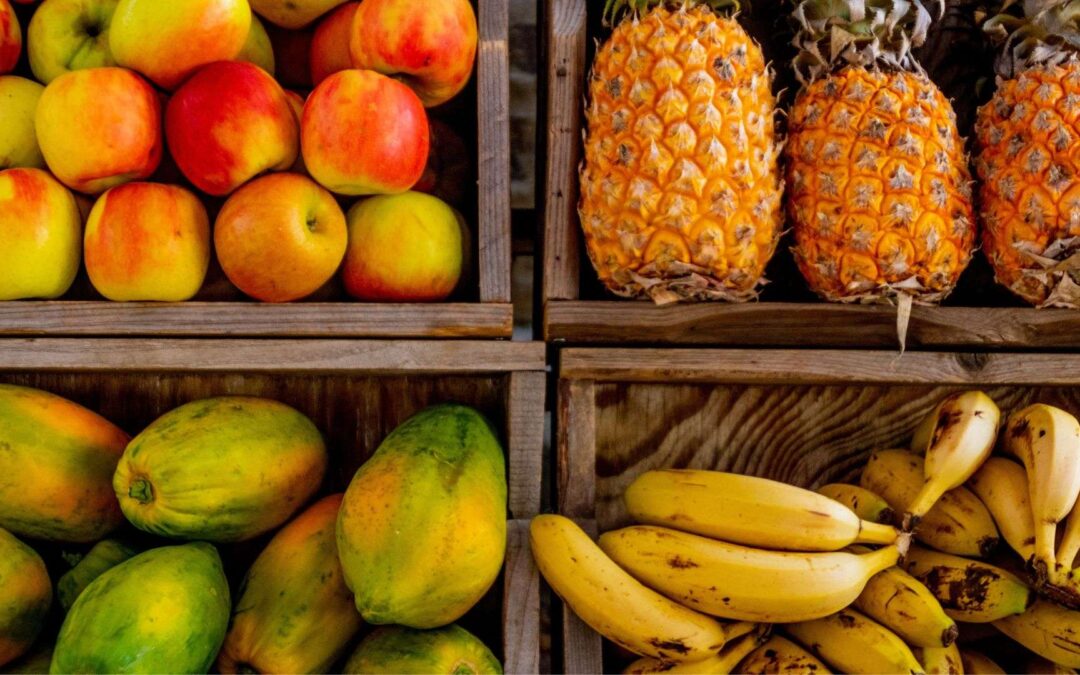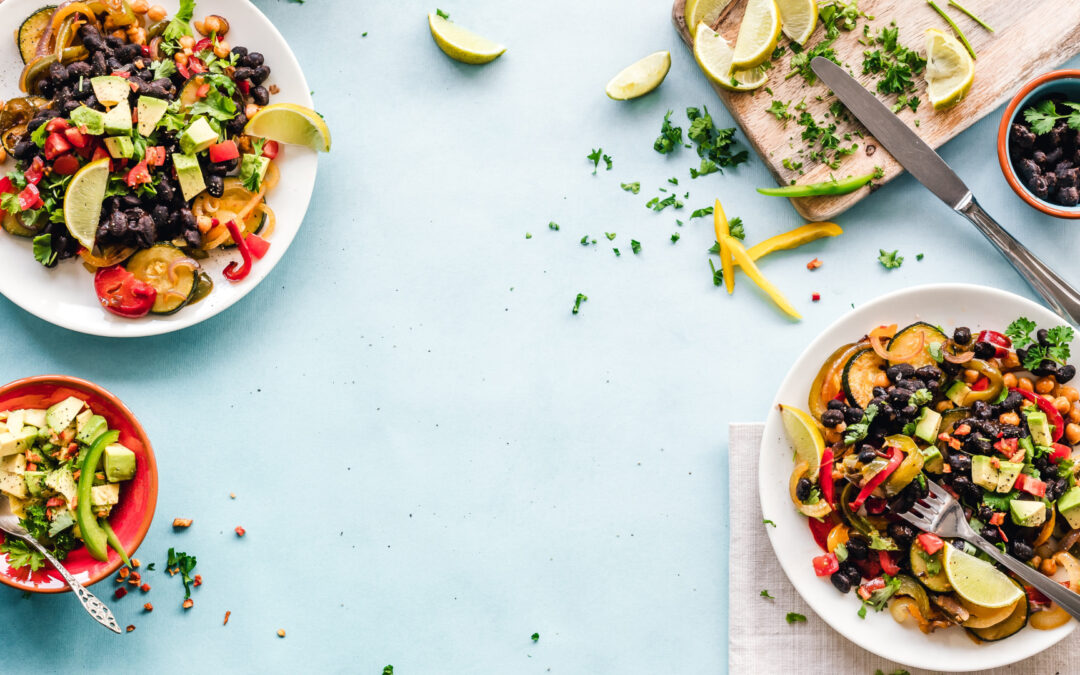The difference is very subtle that you won’t even realise the difference between fake foods and real foods. Fake food doesn’t only mean using cheaper ingredients that are harmful but also misguiding people by mislabelling the food. Sometimes they make fake labels of renowned companies to sell their own products. Consuming these foods create health risks.
The food market is struggling because of worldwide inflation. And few businesses are taking advantage of the hard time of consumers. FDA says that every year at least 1% of the global food industry is affected by food fraud which cost $40 billion.
Mislabelling makes people think that they are buying the same healthy products at a cheaper price than the product from a well-known brand at a higher cost. Why waste money when you can find the same product at a lower price? This is how they make you think. But people don’t realize the consequences of buying these products. Most of them don’t even know that they are being tricked in different ways. People should be aware of the products they are buying from. Sometimes we may not be able to identify the difference between real and fake ones. But at least we can be careful.
Honey, olive oil, ground coffee etc. are the most common fake food and people get deceived by the labelling.
This can be prevented by buying only from licensed companies that have passed to maintain the food standards. Companies can come up with some distinguishing features that can’t be copied. And the product must be sealed by the authorised food’s standard testing companies.
